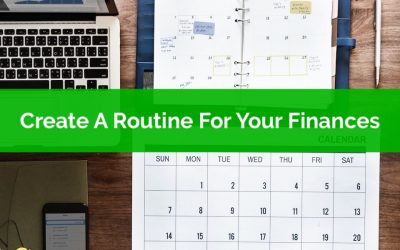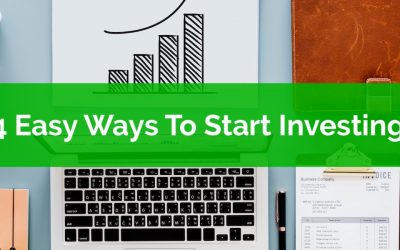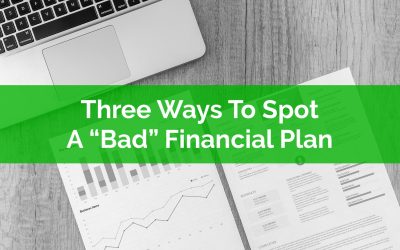Thank you for joining the waitlist!
You’re on the list for early access!
We will contact you via email when we’re ready for you to start your self-directed financial plan. In the mean time here is a quick preview…
Check out our latest blog posts…
Keep Things Simple: Create A Routine For Your Finances
Routines add structure and discipline to our lives. They make things easier. When we’re in a good routine things seem faster, easier and more efficient. We know exactly what to expect and how to do it.
Creating a routine for your finances is a great way to add structure and discipline to your financial life. It makes you more efficient and happy with your finances (and who doesn’t want that?).
Anyone who has spent too much time managing their finances knows how quickly you can feel burnt out. This is called budget fatigue and it’s a very real problem. It’s when you spend so much time and effort managing your money that you end up making worse spending decisions because you’re just so tired.
Having a routine helps you manage your finances more efficiently. It’s one of the easiest ways to improve your finances for the long term. Your routine can include things like budgeting, investing, saving etc.
For years and years, we’ve been on a 4-month personal finance routine. We review our finances only three times per year. How’s that for efficient!
We review our finances once in mid-January, once in mid-May and then once in mid-September.
During these reviews, we sit down and look at our spending, our budget, our investments, our contributions and we see if we need to rebalance or not. We also talk about the next 4-12 months, what special expenses we can expect, and if we should make changes to our regular budget.
During these financial “check-ins” we also review our long-term financial goals. We check to see if we’re on track or if we need to make changes to either our expectations or our savings rate.
Having this routine has improved our personal finances immensely and I recommend everyone create a routine for their finances so you can experience these benefits too.
There are four main ways our personal finance routine has helped improve our finances…
4 Easy Ways To Start Investing
Investing is one of the best ways to build wealth. When you invest, you buy a small piece of a company. And as a part owner of that company, you get a portion of the profit they create. This profit can be distributed to shareholders in the form of cash dividends every few months (ie. Coke) or it can be invested back into the company to help is grow even faster (ie. Netflix).
When you invest you put your money to work. Rather than letting your money sit in a high-interest savings account, where it does next to nothing (earning minimal interest, sometimes less than inflation) by investing you give your money a real job.
When you invest, you get a higher return but this return isn’t free. A higher return comes with higher risk. Investing is risky. When you invest it’s possible to lose a big chunk of your savings over a few years, months, or even days. The benefit is that over the long run you can earn a better return than your bank account, and this is important when you have long-term goals like financial independence or retirement (Note: you should never invest when you’re saving for short-term goals, for short-term goals a high interest savings account or GIC are best).
What is the best way to invest? That depends on your specific circumstances. It depends on how much time you have, how involved you want to be, how much you want to pay in fees etc. Investing today is easier than ever. There are new and easy ways to invest in a highly-diversified portfolio of stocks and bonds.
Which method you choose will depend on a few factors…
Three Ways To Spot A “Bad” Financial Plan
As an advice-only financial planner we often see financial plans created by the big financial institutions. We provide a second opinion to new clients who have created one of these financial plans. These clients have received a financial plan from their investment advisor, or sometimes a separate financial planner within the bank, but they’re skeptical of the results and the recommendations.
Often, they want more detail, more discussion, more process, more scenarios, more peace of mind etc. They want an unbiased second opinion.
Now let me preface this blog post by saying there are many excellent financial planners at the big banks. In fact, many have moved into advice-only financial planning where they can spend more time doing financial planning instead of selling products. The problem is that, for the most part, the financial services industry doesn’t prioritize financial planning.
Planning is not their product, investments, insurance, and mortgages are their product, and unfortunately, financial planning is sometimes just barely good enough to secure a new client or keep an existing one. There is often a lack of tools, time, or process to create a really detailed financial plan.
So, when reviewing a generic “bank plan” and helping clients build a new one there are a few things to look out for. These things are signs that perhaps the financial plan needs a bit more work.
There are three ways to spot a “bad” financial plan.



